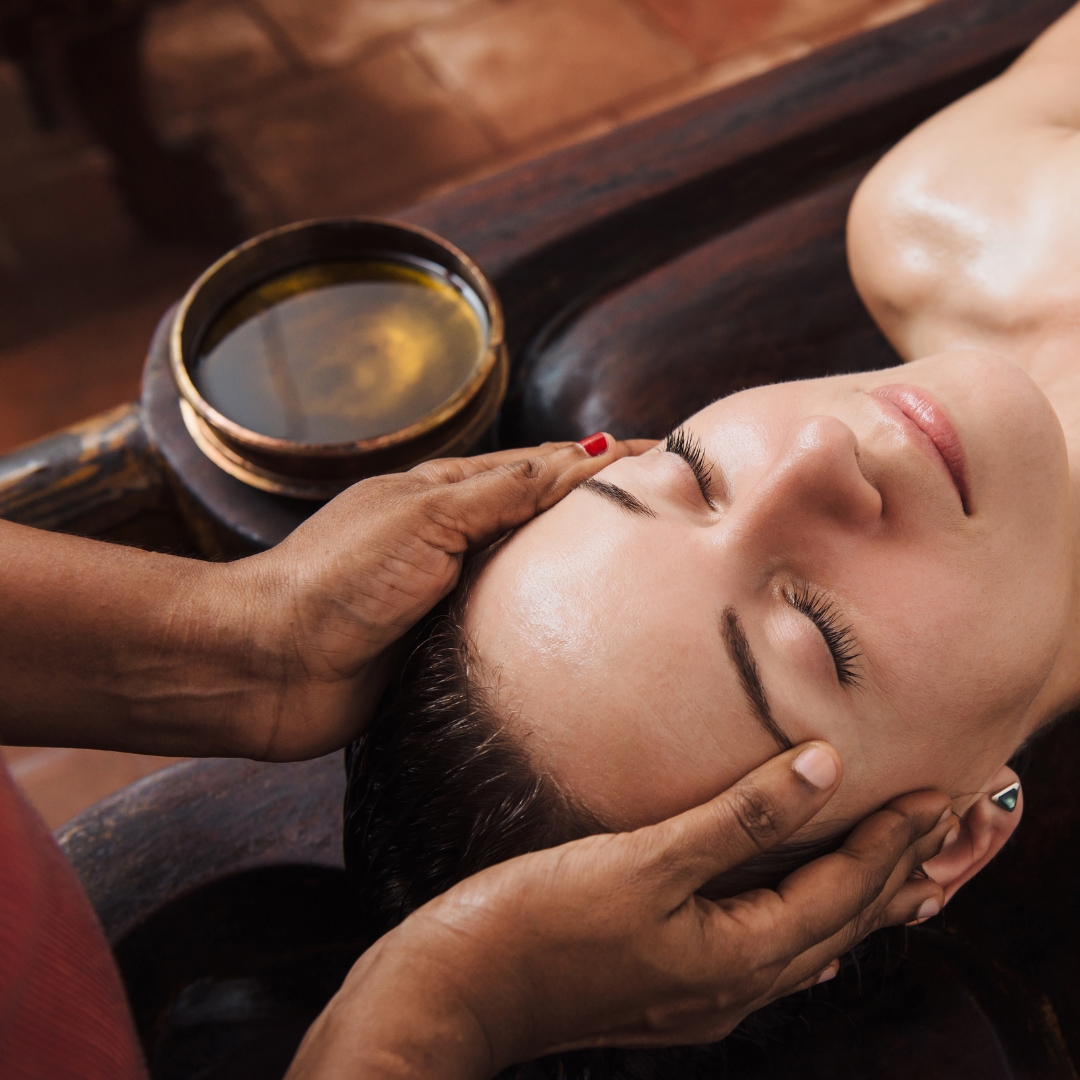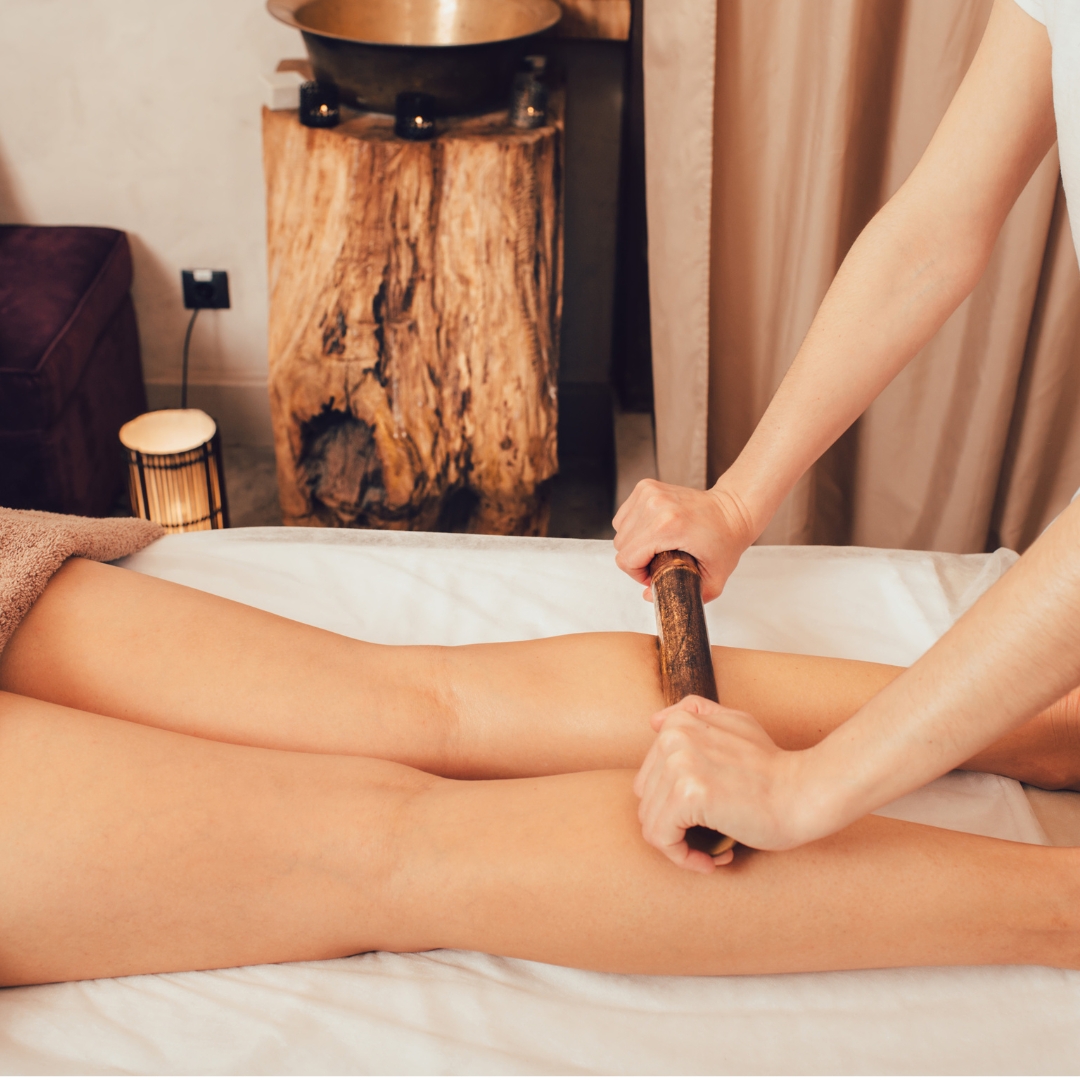Thai massage is a deeply healing practice that blends acupressure, yoga-like stretches, and energy work. Known for its ability to reduce stress, relieve muscle tension, and promote overall well-being, it’s no surprise that many are eager to learn this ancient art. Whether you want to become a professional therapist or simply learn for personal use, mastering Thai massage can be done in just a few weeks with the right training. Here’s how you can embark on your journey to mastering Thai massage quickly and effectively.


1. Understand the Basics of Thai Massage
Before diving into training, it’s essential to understand the fundamentals of Thai massage. Thai massage, or Nuad Thai, is not just about kneading muscles; it involves applying pressure to energy lines (Sen lines) along the body, combined with stretching techniques similar to yoga. Key Components to Learn:- Sen Lines: Energy pathways in the body.
- Pressure Points: Areas of the body that correspond to specific health benefits.
- Stretching Techniques: Assisted yoga stretches designed to increase flexibility.

2. Choose the Right Thai Massage Training Program
In order to master Thai massage in just a few weeks, selecting the right training program is crucial. Look for accredited schools or well-established teachers who offer intensive courses. Many training programs are designed for beginners and offer condensed, focused curriculums that provide hands-on experience in a short period. What to Look for in a Program:- Comprehensive curriculum: Learn essential techniques, anatomy, and theory behind Thai massage.
- Hands-on experience: Practical sessions where you practice on real clients or classmates.
- Certification: Ensure the program offers certification upon completion, which is important if you plan to work professionally.
3. Master the Techniques Through Practice
Learning Thai massage is all about hands-on experience. The more you practice, the quicker you’ll master the art. Intensive training courses often last from a few days to a few weeks, depending on the depth of the material. These courses typically cover basic techniques first, followed by more advanced stretches and pressure applications. Training Focus:- Basic Thai Massage Routine: Practice a standard full-body routine to get comfortable with flow and pressure.
- Pressure Techniques: Learn how to apply pressure with palms, thumbs, elbows, and feet.
- Assisted Stretches: Understand how to guide clients through deep stretching techniques safely.
4. Learn the Anatomy and Physiology Behind the Practice
Understanding the human body’s anatomy and physiology will significantly improve your Thai massage skills. This knowledge helps you target the right pressure points and apply effective stretches. Most Thai massage courses provide a basic anatomy module that covers muscles, joints, and energy lines (Sen lines), helping you connect theory with practice. Key Concepts to Study:- Muscle Groups: Focus on muscles most affected by tension.
- Pressure Points: Study specific areas that respond well to massage therapy.
- Energy Lines (Sen Lines): Learn how to stimulate energy flow through the body.

5. Develop Your Own Style and Technique
Once you’ve mastered the basic techniques, it’s time to develop your personal style. Thai massage is very intuitive, so after practicing for a while, you’ll begin to understand how much pressure is needed for different clients. You’ll also start experimenting with different techniques, adapting the massage to each client’s needs. Important Tips:- Adjust Pressure: Learn to listen to your client’s body language to gauge how much pressure they need.
- Flow with Intent: Thai massage is about creating smooth transitions between stretches and pressure points. Focus on maintaining a gentle flow.
6. Consider Advanced Training for Specialization
Once you’ve mastered the basics of Thai massage, you can consider advancing your training in specialized areas. Some advanced techniques include hot stone Thai massage, aromatherapy Thai massage, or traditional Thai herbal compress treatments. Advanced programs usually go deeper into massage therapy theory and practice, providing you with more tools to improve your career. Specialization Options:- Hot Stone Thai Massage: Use heated stones to complement traditional Thai techniques.
- Aromatherapy Massage: Incorporate essential oils to enhance the healing process.
- Thai Herbal Compress: Use warm herbal packs to relieve muscle tension and stimulate blood circulation.
7. Keep Practicing and Stay Updated
Mastering Thai massage is a continual process. Even after completing your training, continue practicing to refine your techniques. Also, stay updated with new developments in Thai massage and wellness practices by attending workshops, reading books, or following industry trends. Key Tips:- Join Thai Massage Communities: Participate in online forums or local massage groups to exchange tips and ideas.
- Attend Workshops: Regularly attend refresher courses or workshops to stay sharp.
- Experiment: Try new techniques and incorporate them into your routine for continuous improvement.

